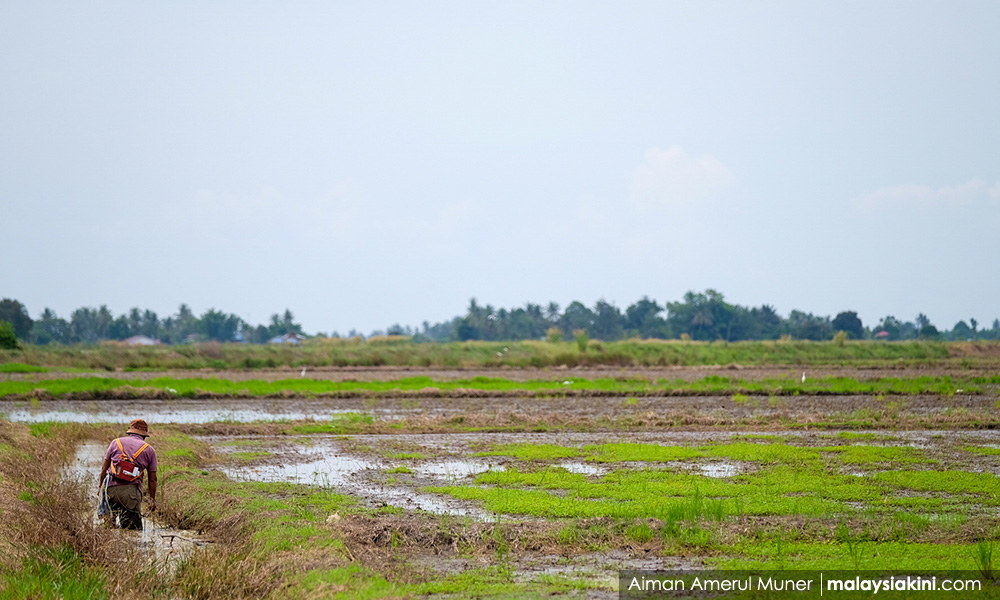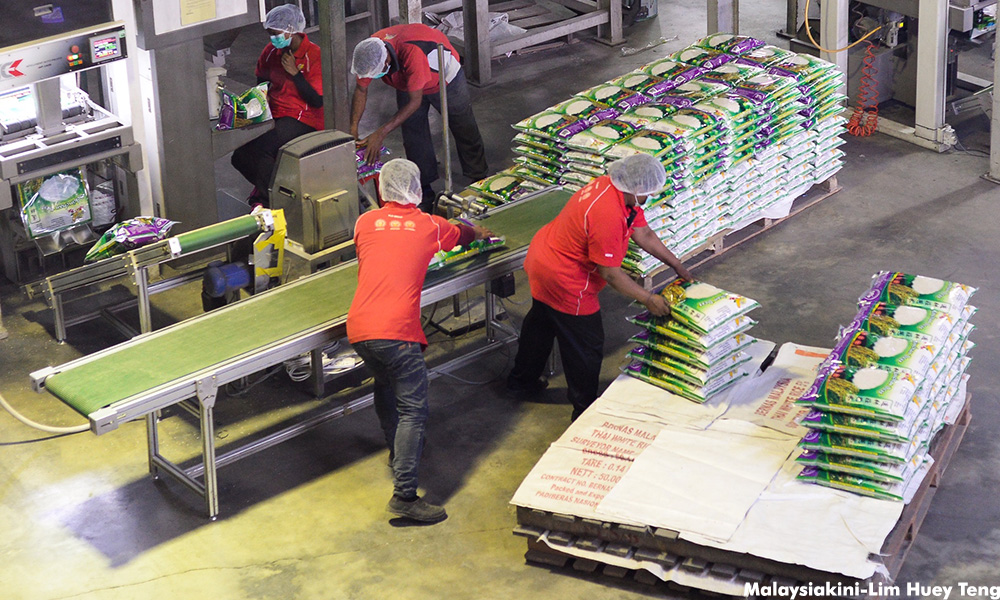COMMENT | Statistics suggest that in 2030, up to 325 million people could be living in the 49 countries most exposed to the full range of natural hazards and climate extremes.
NGO Oxfam International has predicted that the number of people at risk of hunger could go up 10 to 20 percent by 2050, due to climate change, as drought and floods will jeopardise the abilities in many regions to grow food on a consistent basis.
Meanwhile, a new World Bank report finds the impact of extreme weather on poverty to be more devastating - 702 million people are in extreme poverty due to this. According to the 2018 report on the State of Food Insecurity in the World (Sofi), 793 million people are undernourished.
Climate change strikes poor and undeveloped countries even harder, compared to the rich and developed, driving the poor communities further into poverty and malnourishment.
They could be living amid widespread diseases as well as shortages in food and water as climate change - droughts and change of water cycle - limits access to clean water and sanitation.
Referring to the climate models, it is predicted that by 2030, the incidence of drought will increase in Central and South America, southern Europe, East and Southeast Asia and South Africa.
Changing temperatures, rainfall patterns and droughts also have devastating effects on farmers, which will lead to food insecurity.

Unfavourable weather lowers crop yields and decimates livestock, resulting in massive food shortage, increasing food prices and even lead to famine. This would also affect the farmers’ income, sending them further into poverty.
In terms of food availability, higher temperatures will have an impact on yields while changes in rainfall could affect both crop quality and quantity. Scarce supply will then cause prices of these crops to increase.
For the most vulnerable people, lower agricultural output means lower income. Under these conditions, the poorest people, who already use most of their income on food, will have to sacrifice additional income and other assets to meet their nutritional requirements, or resort to poor coping strategies.
Climate change will affect nutrition as well
Nutrition is likely to be affected by climate change as well, through related impacts on food security, dietary diversity, care practices and health.
Besides that, the frequent and intense climatic variability events can upset the food stability of people and the food security strategies of governments, thereby creating fluctuations in food availability, access and utilisation.

Therefore, in conjunction with World Food Day today, Oct 16, with the aim of achieving a #ZeroHunger world by 2030, it is important that we bear in mind and take the necessary steps where climate change is concerned.
We have been well informed that increasing amounts of food waste are among the biggest culprits of global warming.
Referring to the United Nations’ Food and Agriculture Organisation report, global food loss and waste generate 4.4 giga tonnes of carbon dioxide annually.
In the meantime, according to World Food Programme Map, if Malaysia continues emitting greenhouse gases at the current high rate without adaptation methods in terms of agricultural sensitivity by 2050, our vulnerability of food insecurity will increase by 26 percent.
Our actions are our future. A #ZeroHunger world by 2030 is possible by avoiding food wastage and combating climate change.
The writer is the Forum Air Malaysia secretary-general.
The views expressed here are those of the author/contributor and do not necessarily represent the views of Malaysiakini.

